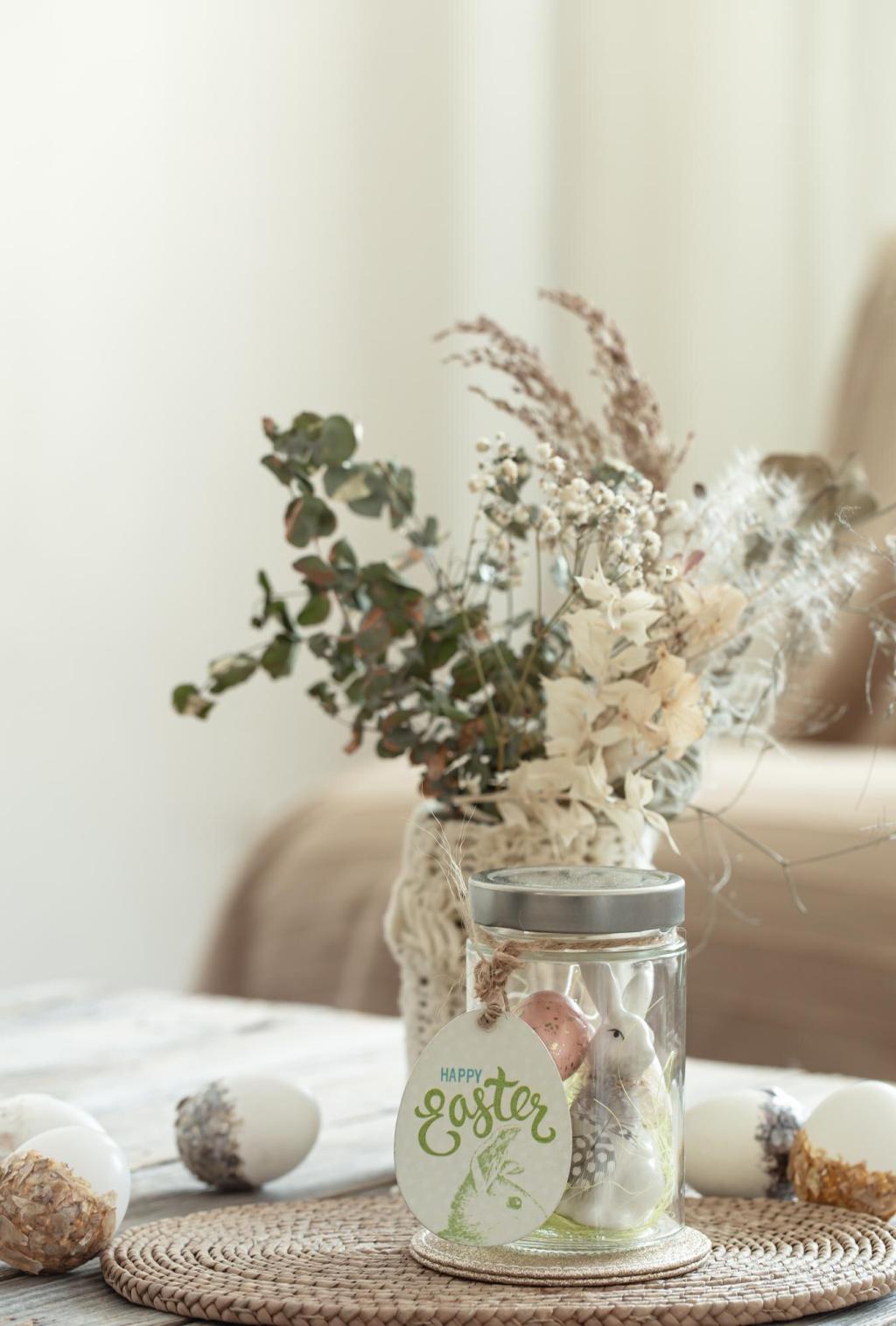
Sustainable Wood Alternatives for Interior Design
Chosen theme: Sustainable Wood Alternatives for Interior Design. Step into a world where beauty meets responsibility—materials that respect forests, elevate style, and make your space healthier. Explore, comment, and subscribe for more planet-smart interior inspiration.
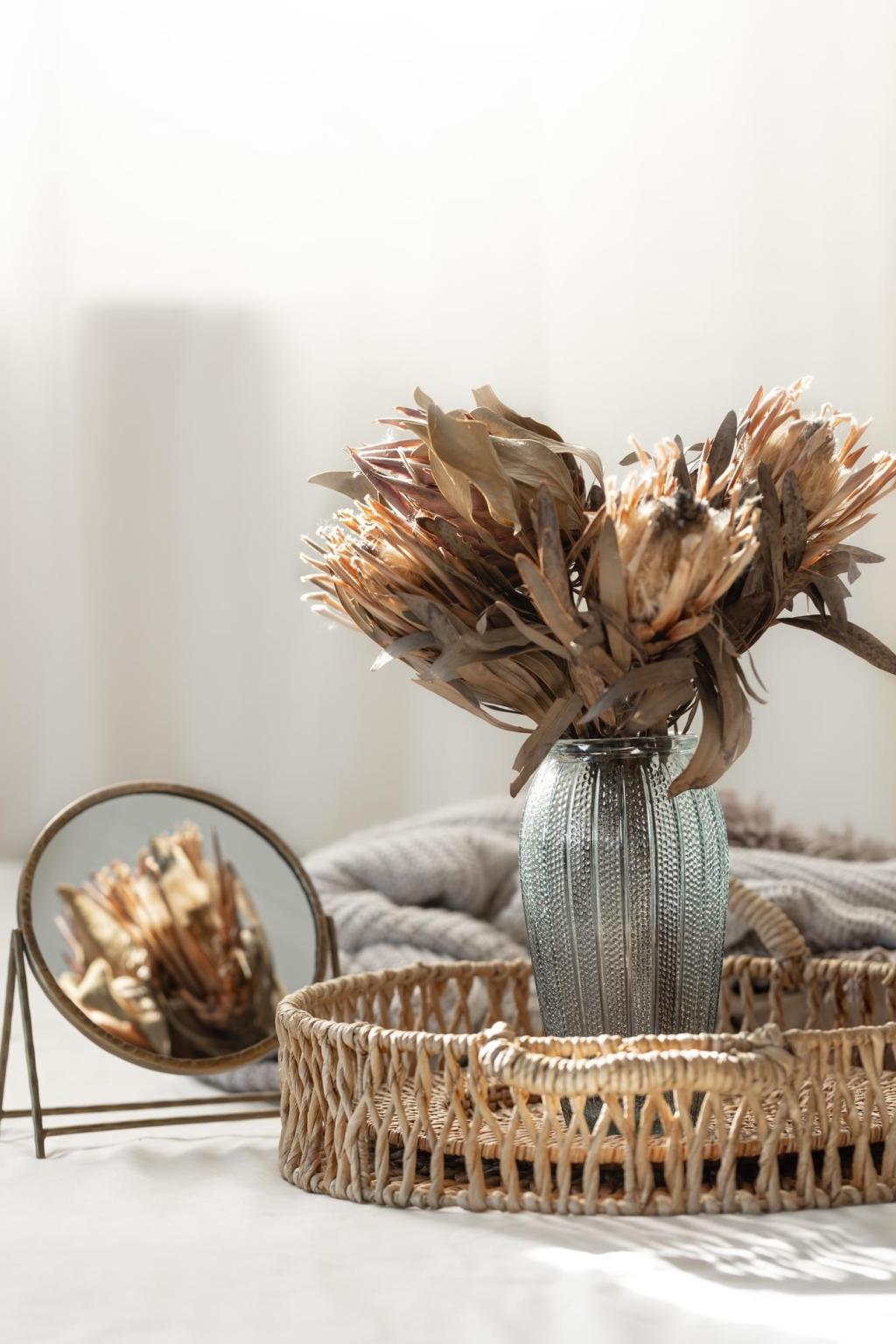
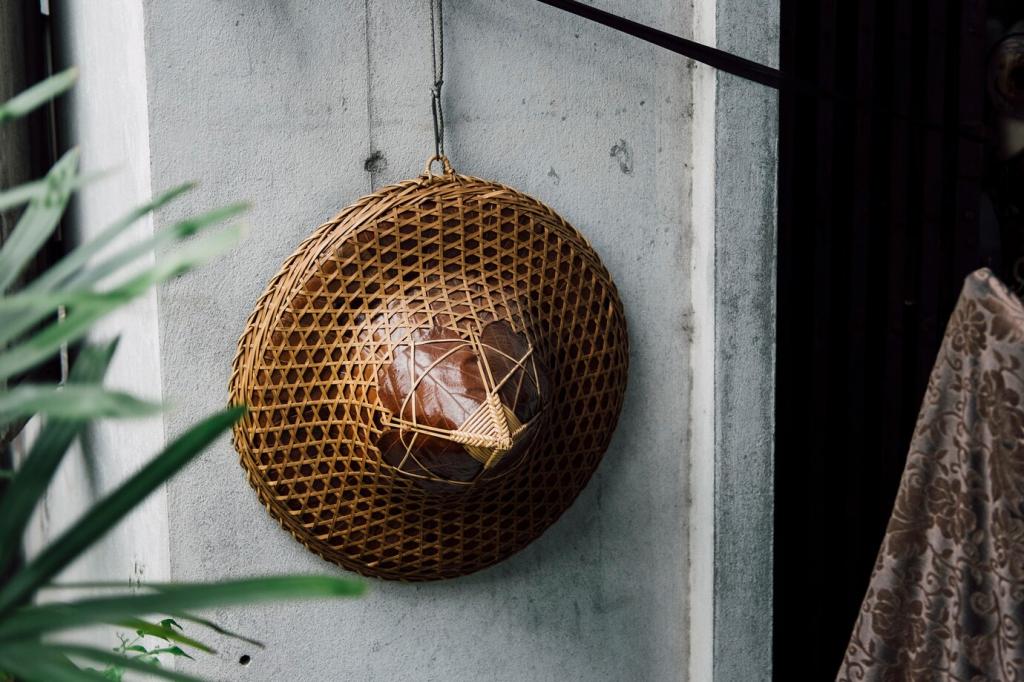
Why Look Beyond Traditional Hardwood?
Conventional hardwoods can pressure forests and biodiversity, especially when demand outpaces responsible management. Alternatives like bamboo, cork, and paper-based composites offer rapid renewability, efficient land use, and measurable carbon benefits that echo through your home’s lifetime.
Why Look Beyond Traditional Hardwood?
Opting for low-VOC, responsibly manufactured alternatives reduces indoor air pollutants. When adhesives, binders, and finishes are selected carefully, these materials help bedrooms, kitchens, and offices feel fresher, calmer, and genuinely healthier for everyday living.
Top Planet-Positive Materials to Know
Technically a grass, bamboo matures in three to five years and, in strand-woven form, rivals hardwood hardness. It takes stains beautifully, suits modern and minimalist spaces, and offers dimensional stability when installed with the right subfloor prep.
Design Styles That Celebrate Sustainable Alternatives
Strand-woven bamboo floors, paper-based shelves, and linen accents create tranquil rooms with honest textures. Low-sheen finishes and clean lines keep the palette intentional, while renewable materials bring the quiet authenticity Japandi design deserves.
Performance Essentials: Strength, Safety, and Standards
Strand-woven bamboo can reach impressive hardness ratings, while cork’s resilience defies dents from daily footsteps. Ask about abrasion, impact, and heat tests to ensure your chosen alternative meets the realities of your household.
Performance Essentials: Strength, Safety, and Standards
Seek low-VOC finishes and binders that meet CARB Phase 2 or TSCA Title VI standards. GREENGUARD, EPDs, and Declare labels help confirm healthier emissions profiles and transparent ingredient reporting you can trust.
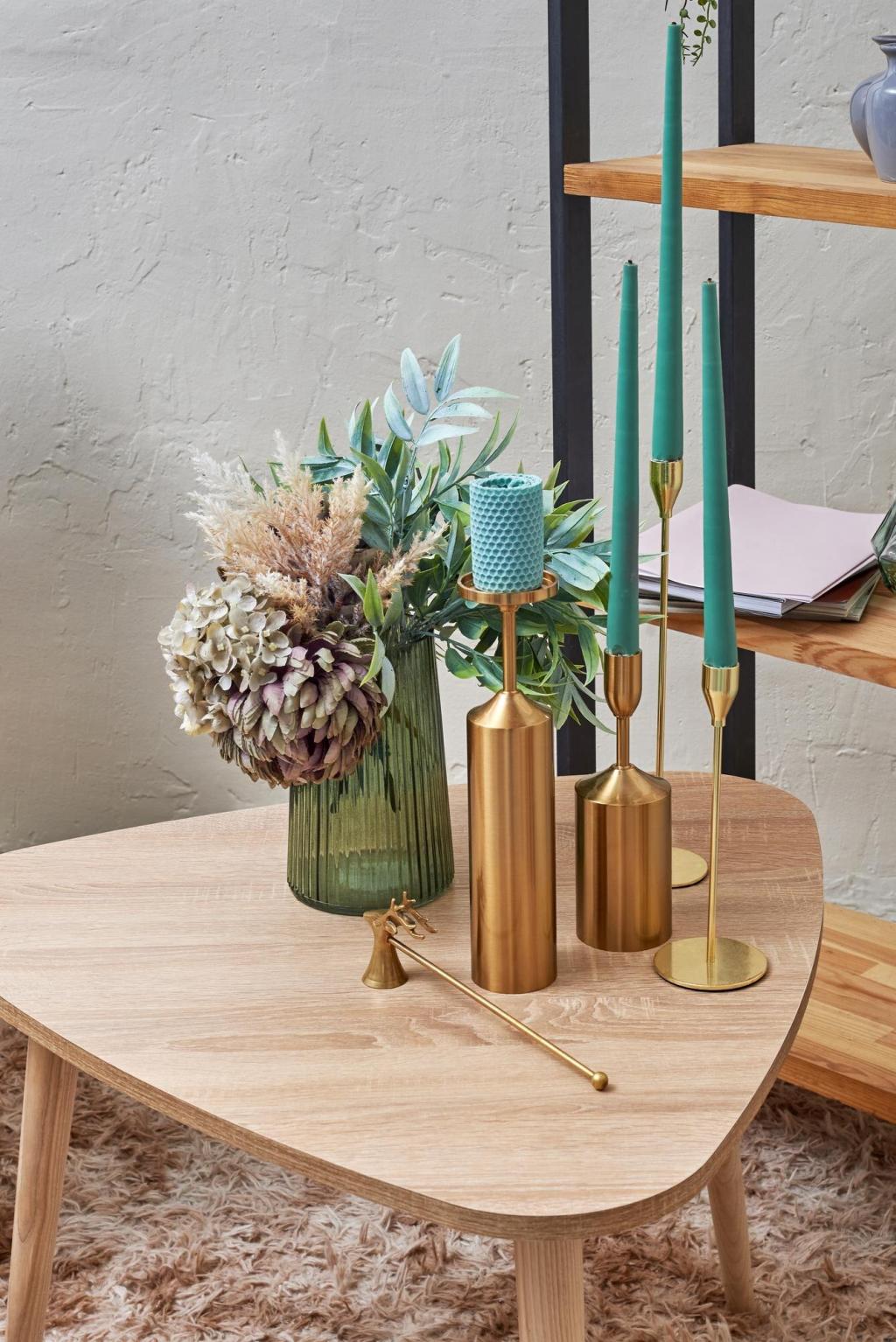
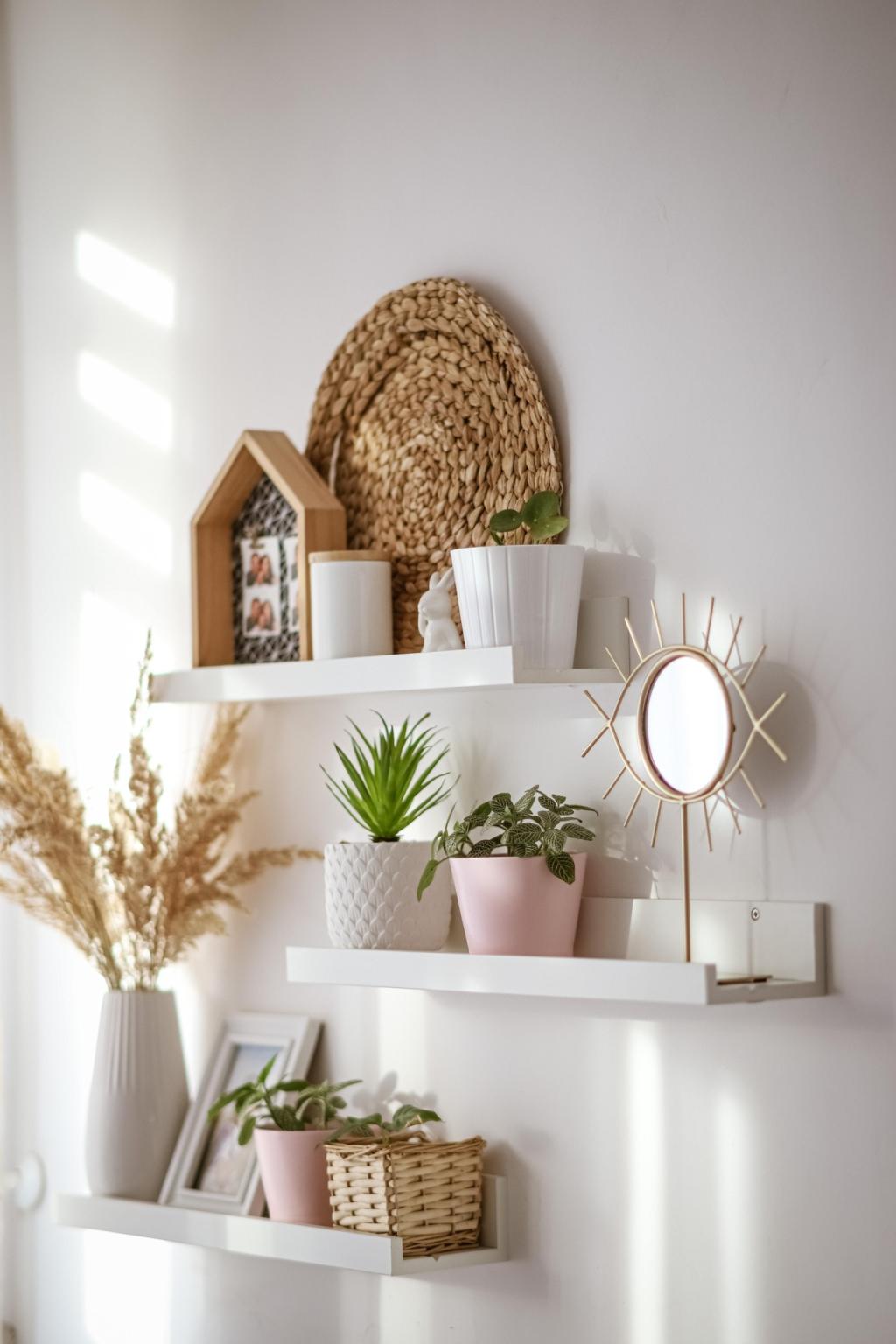
Finishes, Colorways, and Tactile Detail
Plant-based oils and hardwax finishes enhance grain and color while keeping maintenance simple. They also make small repairs easier, preserving that quietly luxurious, lived-in character that becomes more inviting over time.
Finishes, Colorways, and Tactile Detail
Bamboo accepts stains across Scandinavian pales to espresso tones. Paper-based composites offer deeply saturated neutrals. Pair with textured fabrics, muted metals, and daylight to keep the palette balanced, timeless, and human.
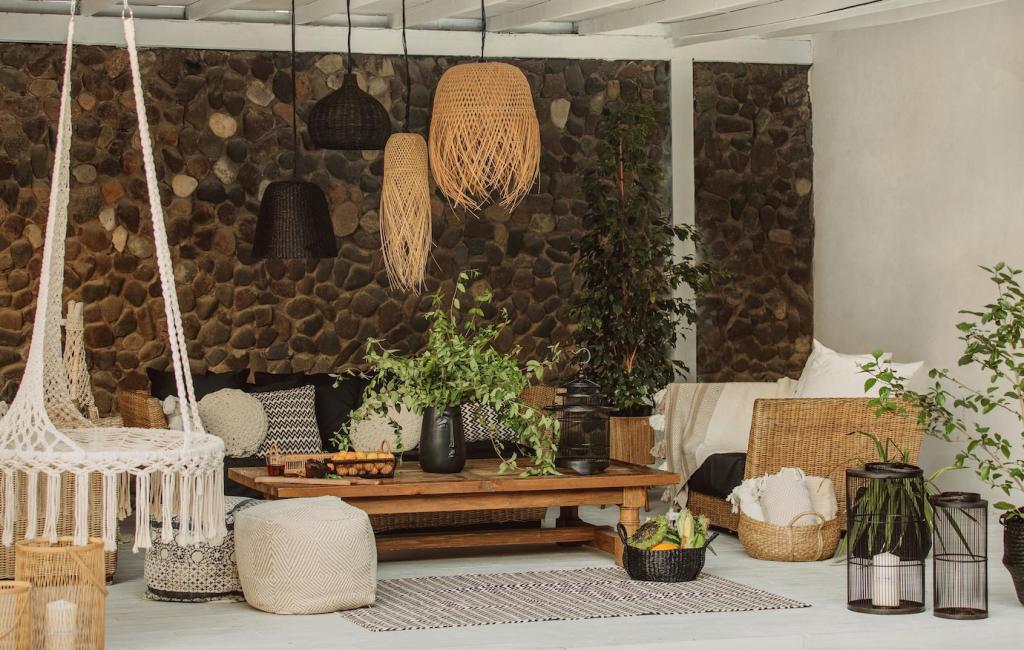
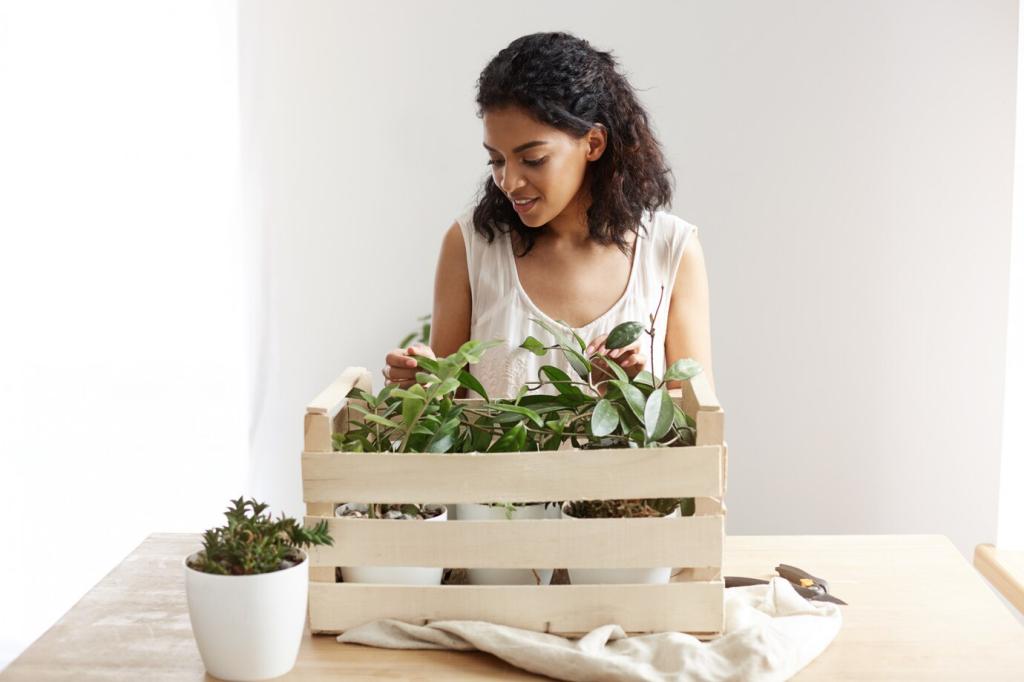
Thin walls, cold floors, and lingering odors from old varnish made evenings tense. They craved quiet, warmth, and cleaner air, yet needed surfaces tough enough for a toddler’s toys and a weekend sourdough routine.
A True Story: The Apartment That Finally Breathed
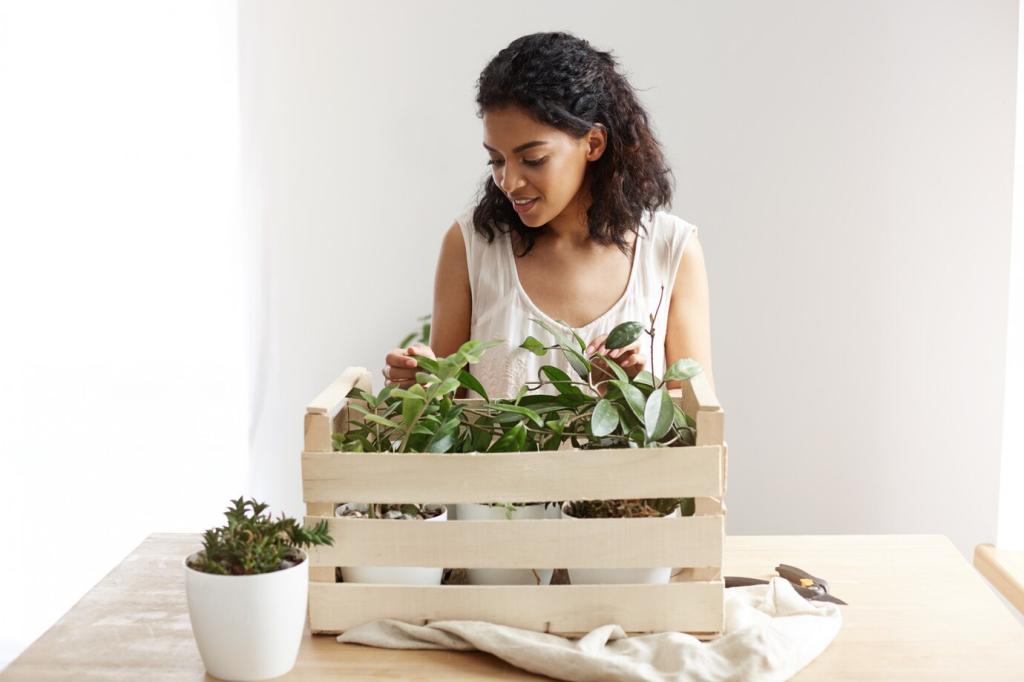
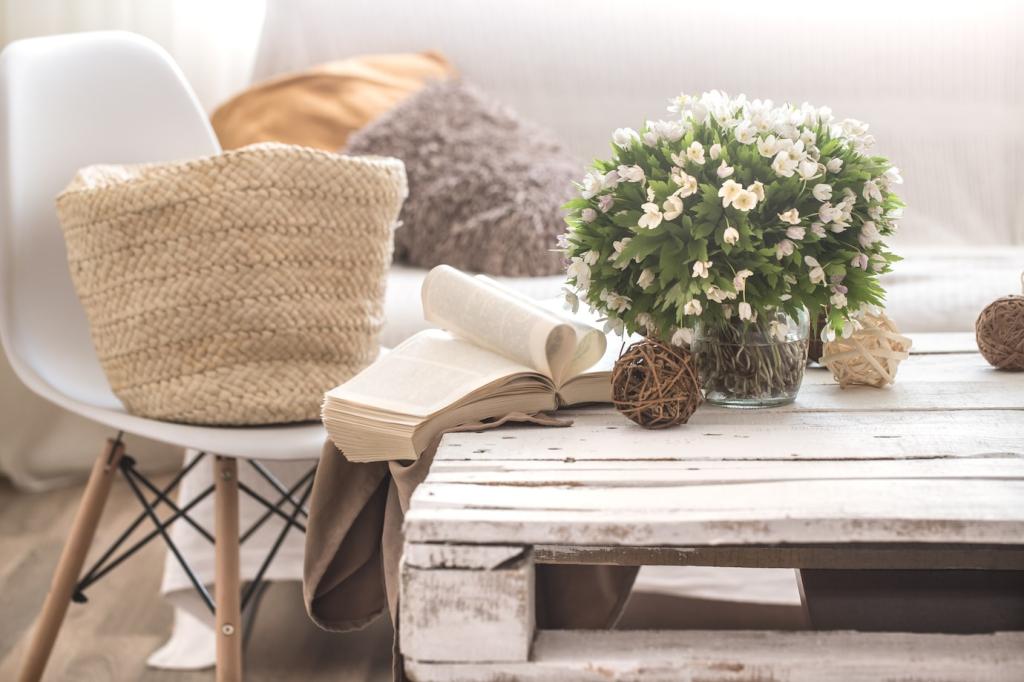
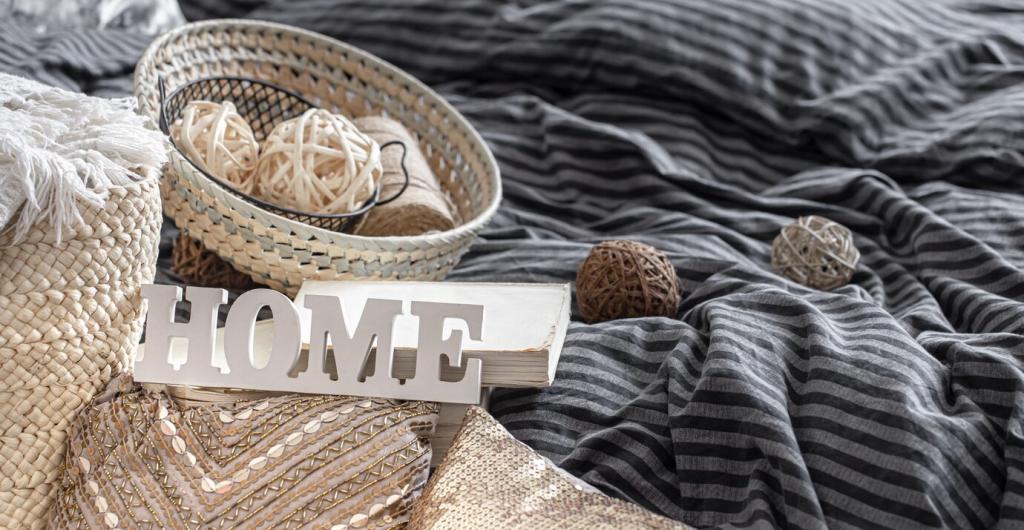
Shop Smart: Certifications and Right Questions
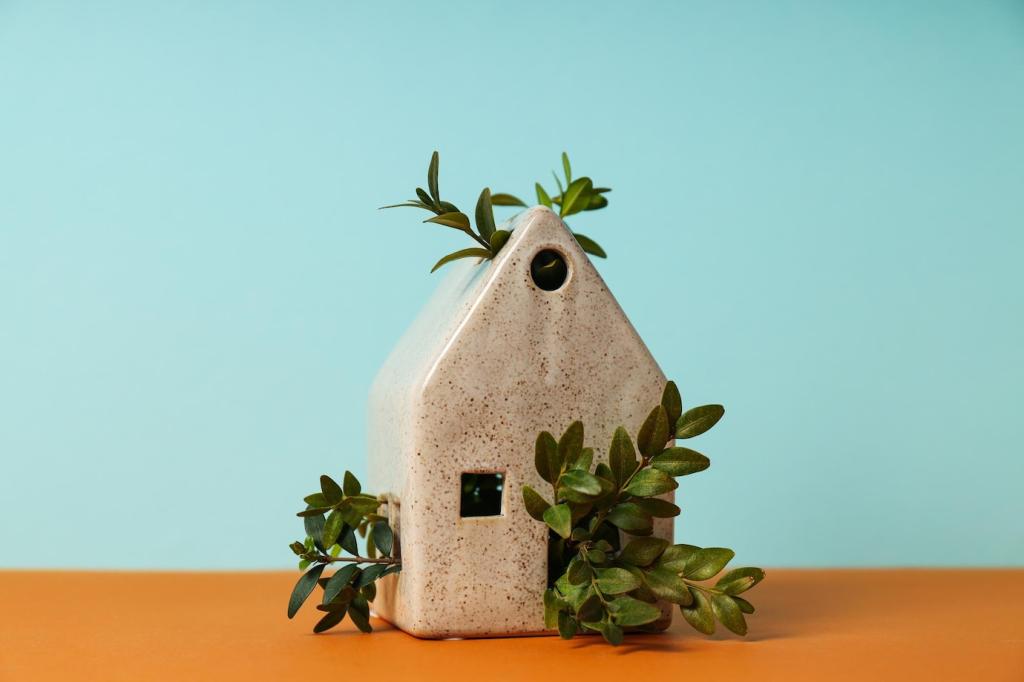
Look for GREENGUARD or similar indoor air certifications, EPDs for verified impacts, and Declare labels for ingredient transparency. FSC or PEFC may apply when products include responsibly managed wood fibers or backing materials.
